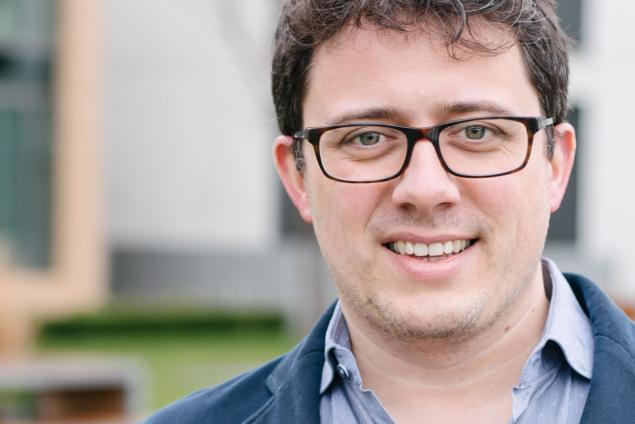Scroll to Section:
The human brain has many functions; for instance, it allows people to focus on particular objects and ignore others, or to remember events in the past. TATJANA TCHUMATCHENKO uses mathematical equations in order to understand how our brain achieves this. Previous research in this area has developed models that explain single questions, such as ‘How does memory work?’. However, as she describes in this video, the brain has a set of hardware parameters that can be used to synthesize many different functions. Tchumatchenko’s research group has therefore focused on three of these: attention, memory, and contrast invariance. Their aim was to answer whether all three have the same underlying basic principles and can be explained by a single model. Their experimental results confirm this hypothesis and they found that the way to control the three functions is to control the neurons. These findings have implications for pharmaceutical research on drugs that act on the neuronal channel.
DOI:
https://doi.org/10.21036/LTPUB10618
Institution
Max Planck Institute for Brain Research
The Max Planck Institute for Brain Research is a fundamental research and scientific training institution focused on understanding the brain. The human brain is a formidably complex machine, composed of about one hundred billion neurons and trillions of connections, or synapses between them. Out of such a system, as if magically, arise perception, behavior and thought. The brain is often described as the "most complex machine in the known universe".
Original publication
Stabilized Supralinear Network Can Give Rise to Bistable, Oscillatory, and Persistent Activity
Proceedings of the National Academy of Sciences
Published in 2018
How Linear Response Shaped Models of Neural Circuits and the Quest for Alternatives
Current Opinion in Neurobiology
Published in 2017
Beyond
A Ground-breaking Scientific Revolution
An Alarming Challenge for Society
If I Had a Second Life
A Personal Reading Recommendation




